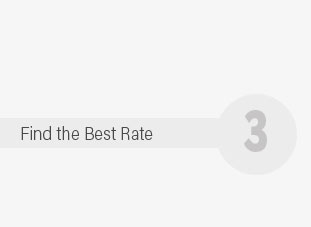 |
 |
 |
|---|
 |
 |
 |
 |
|---|
 |
 |
 |
 |
 |
 |
|---|

The Comprehensive Guide to Understanding Home Insurance CostsIn today's rapidly evolving world, home insurance has become an essential aspect of safeguarding one's most cherished asset: their home. As homeowners navigate the intricate labyrinth of policy options, premiums, and deductibles, understanding the factors that influence home insurance costs is paramount. At first glance, these costs might appear daunting, but a deeper dive reveals the nuanced tapestry that forms the basis of pricing models. Firstly, location plays a pivotal role. Homes situated in areas prone to natural disasters such as floods, earthquakes, or hurricanes inevitably face higher premiums. For instance, a picturesque beachfront property, while idyllic, might come with hefty insurance costs due to its susceptibility to storms and tidal surges. Conversely, a home nestled in a region with a temperate climate and a low crime rate might be rewarded with more affordable premiums. Construction materials and home age also significantly impact insurance costs. Homes constructed with fire-resistant materials or equipped with modern safety features often benefit from lower premiums. On the other hand, older homes, with their vintage charm, might require higher premiums due to outdated wiring or plumbing systems that pose potential risks. The value of the home and its contents further contribute to the cost equation. Naturally, a sprawling mansion with high-end finishes and luxury amenities will demand a more substantial insurance investment compared to a modest bungalow. Insurers take into account not only the replacement cost of the physical structure but also the value of personal belongings housed within.
Interestingly, home insurance is not a one-size-fits-all product, and savvy homeowners often shop around, leveraging bundling discounts or loyalty programs offered by insurers. While some may argue that insurance is merely a financial burden, others recognize its value as a safety net, providing peace of mind in uncertain times. As the landscape of risks continues to evolve, staying informed and proactive is essential for homeowners seeking to optimize their insurance investments. Ultimately, understanding the multifaceted dynamics of home insurance costs empowers homeowners to make informed decisions, ensuring their homes remain protected against the vicissitudes of life. https://www.nerdwallet.com/article/insurance/average-homeowners-insurance-cost
The average cost of homeowners insurance in the U.S. is about $1,915 a year for $300,000 worth of dwelling coverage, but rates vary by state ... https://bipartisanpolicy.org/blog/rising-insurance-costs-and-the-impact-on-housing-affordability/
Recent estimates for the national average cost of homeowners insurance premiums range from about $1,750 to about $2,500 annually, though average ... https://home.treasury.gov/news/press-releases/jy2791
Average homeowners insurance premiums per policy increased 8.7 percent faster than the rate of inflation in 2018-2022, according to the data ...
|
|---|